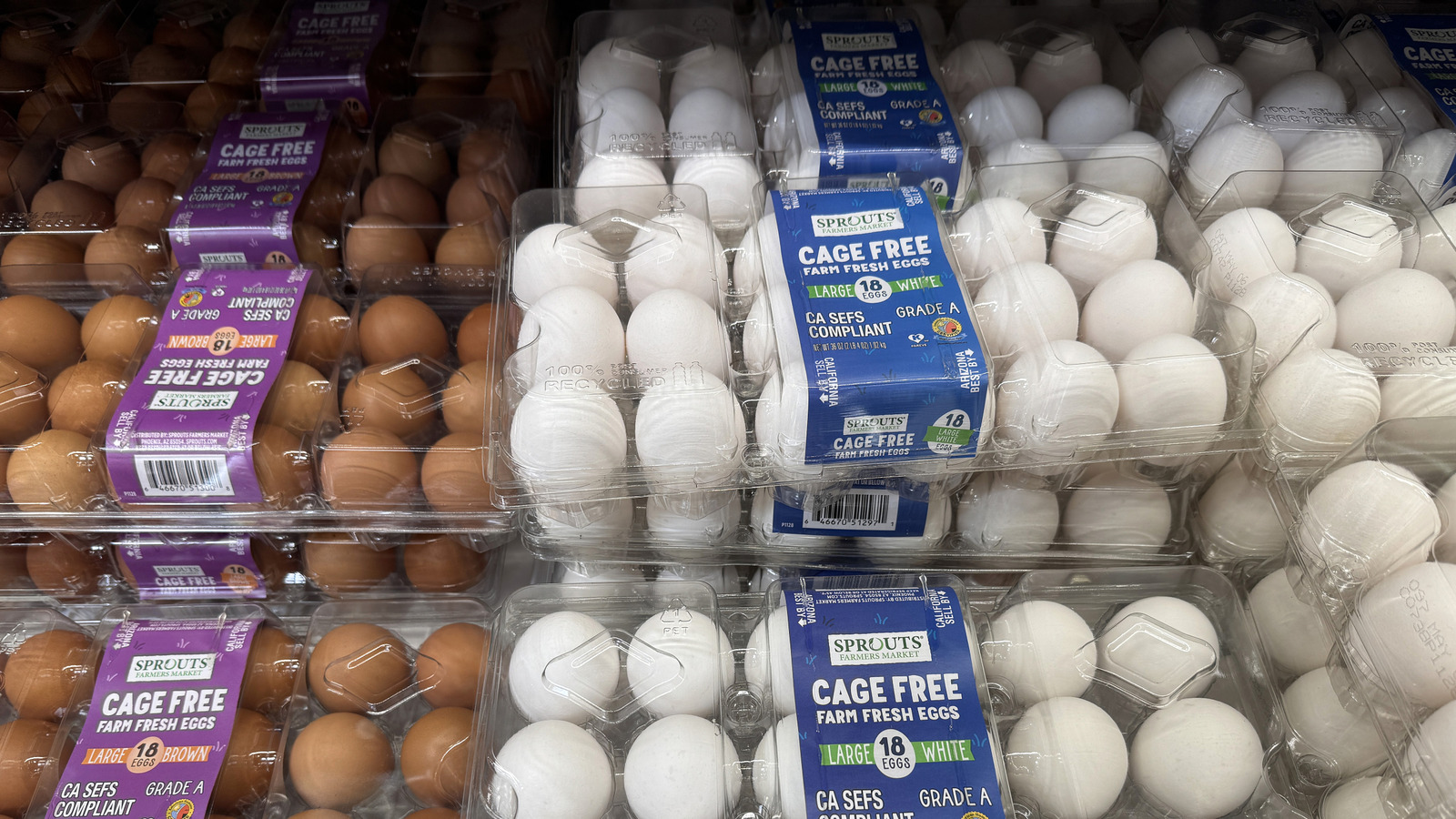
"While many considerations, such as inflation, tariffs, and supply chain dynamics undoubtedly impact grocery prices, the price of eggs is especially sensitive. Factors like feed prices, flock size, and the avian flu contribute to this fluctuation. In 2025, eggs are recovering from a significant influx, surging from $8 in March before falling to $2.75 in August. This dramatic example shows how volatile the egg market really can be."
"In the 1960s, eggs averaged between 32 and 46 cents per dozen, depending on the grocer and seasonal demand. Considering the high inflation jump of 7.77%, egg prices were higher during this decade. If we were to adjust this for today's price, it would be between $2.30 and $3.31, which is slightly more expensive than the cost of eggs currently."
Egg prices are highly sensitive to feed costs, flock size, and outbreaks such as avian flu. In 2025, egg prices surged to $8 per dozen in March and later fell to $2.75 in August, illustrating extreme volatility. In the 1960s, eggs averaged between $0.32 and $0.46 per dozen depending on store and season. Adjusted for inflation, those prices equal roughly $2.30 to $3.31 today, slightly above current costs. The egg market has historically been susceptible to supply shifts and seasonal demand. Substitutes for eggs include aquafaba for whipped textures and flaxseed mixed with water for binding in baked goods.
Read at Tasting Table
Unable to calculate read time
Collection
[
|
...
]